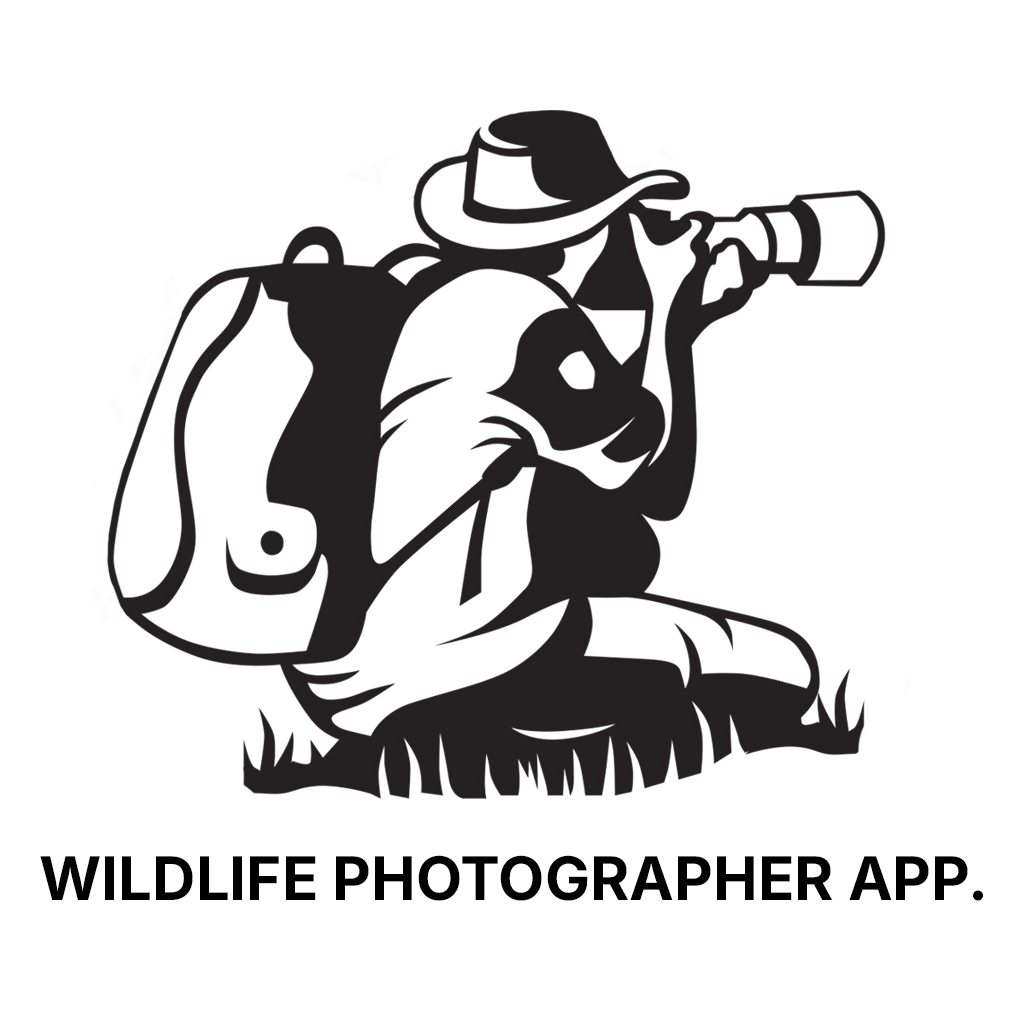Your wildlife photography guide.
Explore the bushpig in detail, study its behavior, prepare your shots.
Where to observe and photograph the bushpig in the wild
Learn where and when to spot the bushpig in the wild, how to identify the species based on distinctive features, and what natural environments it inhabits. The WildlifePhotographer app offers tailored photography tips that reflect the bushpig’s behavior, helping you capture better wildlife images. Explore the full species profile for key information including description, habitat, active periods, and approach techniques.
Bushpig
Scientific name: Potamochoerus larvatus

IUCN Status: Least Concern
Family: SUIDAE
Group: Mammals
Sensitivity to human approach: Suspicious
Minimum approach distance: 10 m
Rut period: May to July
Gestation: 120-127 jours
Births: September to November
Habitat:
Forests, savannas, wetlands
Activity period :
Primarily active during the day, with peak activity in the morning and late afternoon.
Identification and description:
The bushpig, or Potamochoerus larvatus, is a mammal from the Suidae family, recognizable by its long-haired ears. It primarily inhabits forests, savannas, and wetlands in sub-Saharan Africa. This omnivorous suid feeds on roots, fruits, insects, and occasionally small animals. It lives in family groups and is known for its complex social behavior. Bushpigs are mainly nocturnal, making them difficult to observe. Their coat ranges from reddish-brown to black, with distinctive white facial markings. Although hunted for their meat, their population remains stable due to their adaptability.
Recommended lens:
400 mm – adjust based on distance, desired framing (portrait or habitat), and approach conditions.
Photography tips:
To photograph the bushpig, focus on twilight or nighttime hours, as it is primarily nocturnal. Use a 400mm or longer telephoto lens to capture detailed images from a distance without disturbing the animal. Be patient and discreet, as these animals are suspicious. Look for signs of their presence, such as tracks or rooting areas, to anticipate their movement. A good understanding of their habitat and habits will increase your chances of success.
The WildlifePhotographer App is coming soon!
Be the first to explore the best nature spots, track rutting seasons, log your observations, and observe more wildlife.
Already 1 432 wildlife lovers subscribed worldwide

